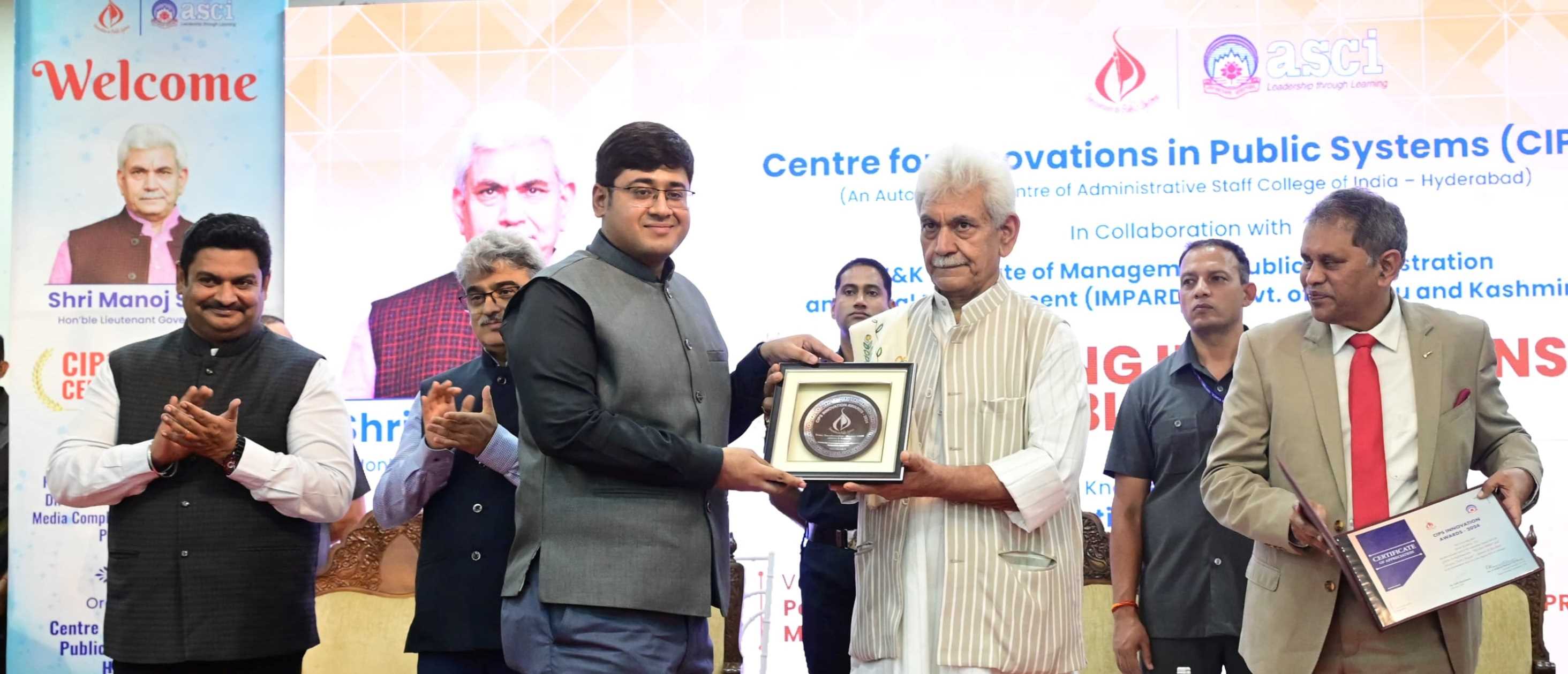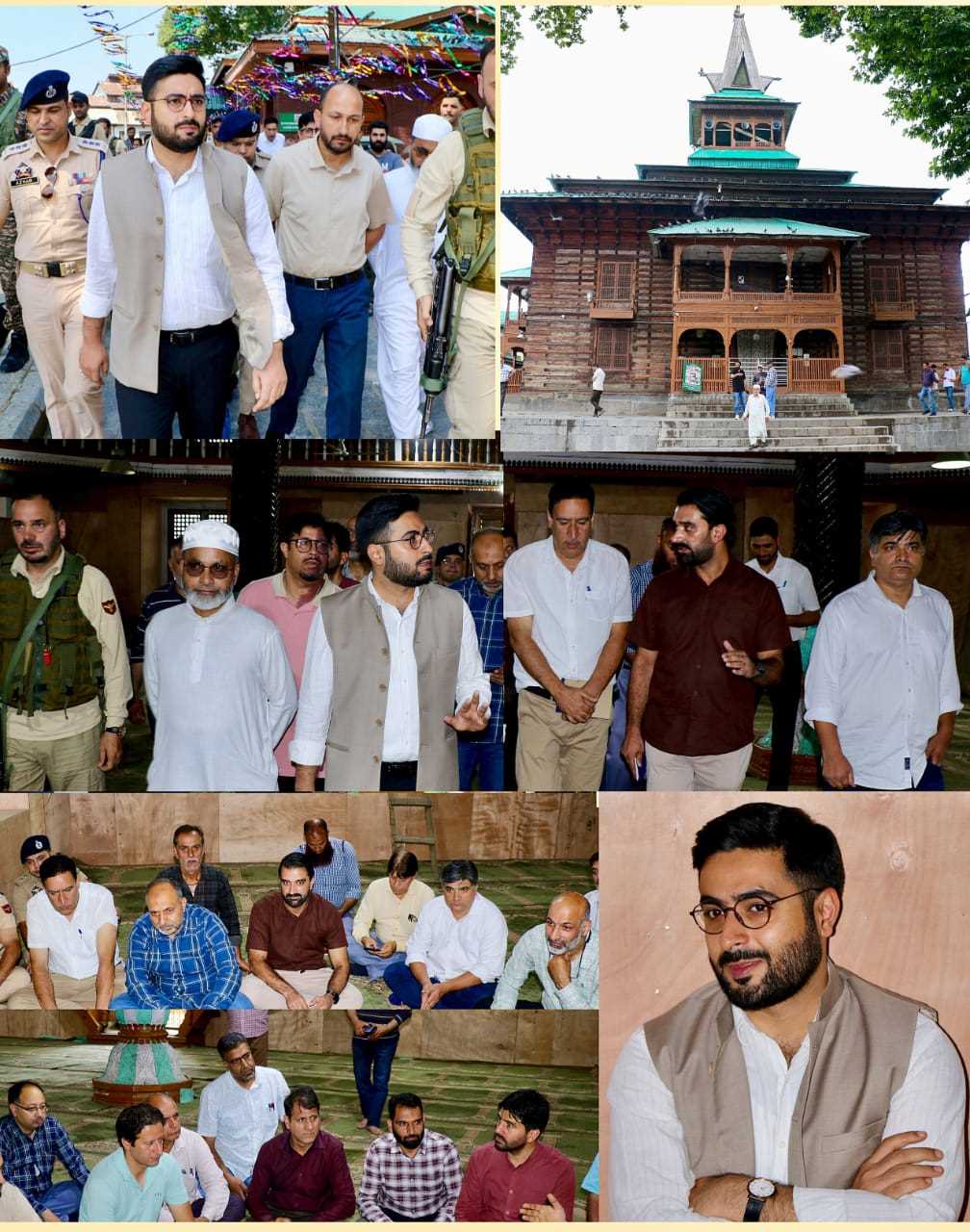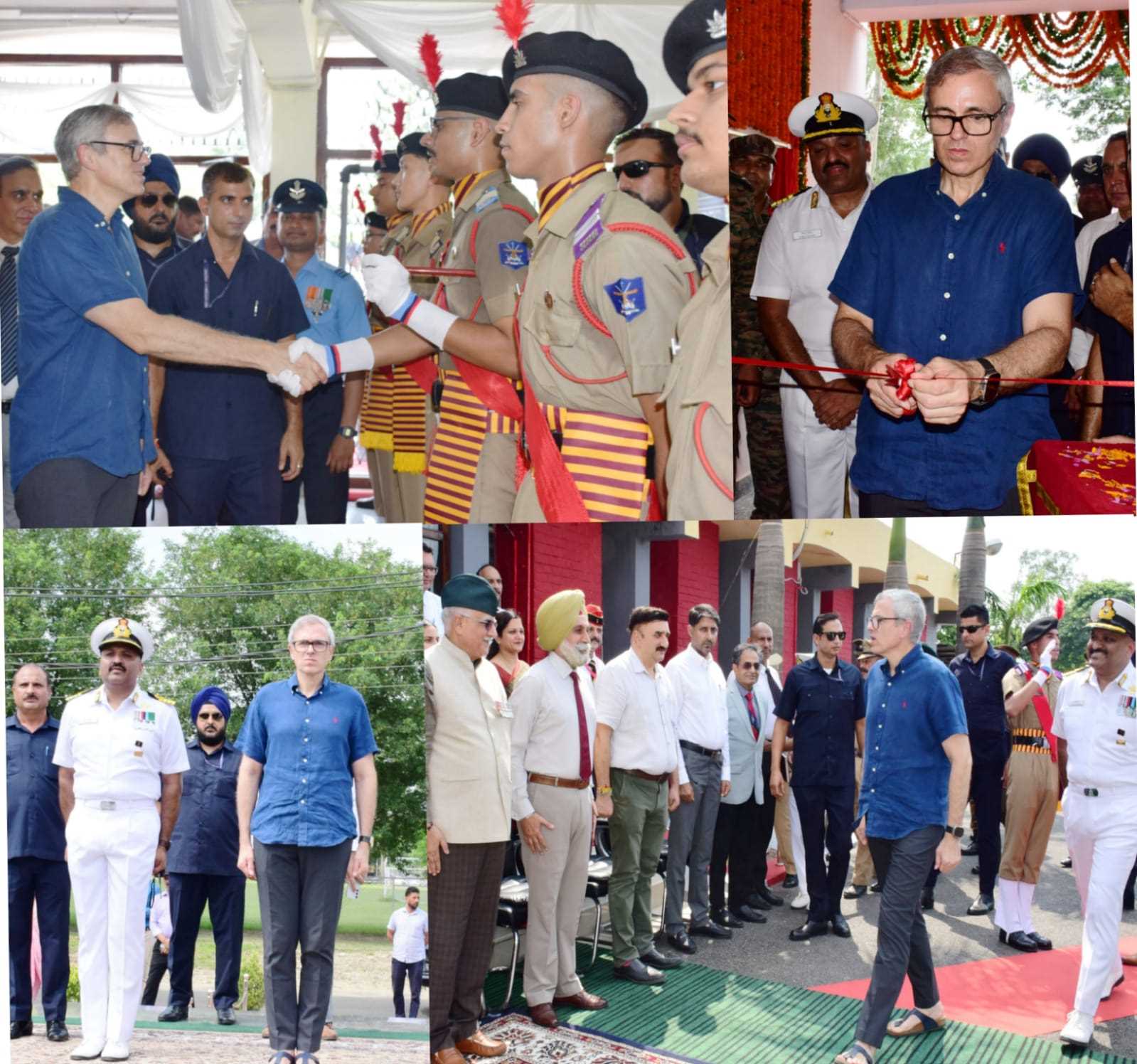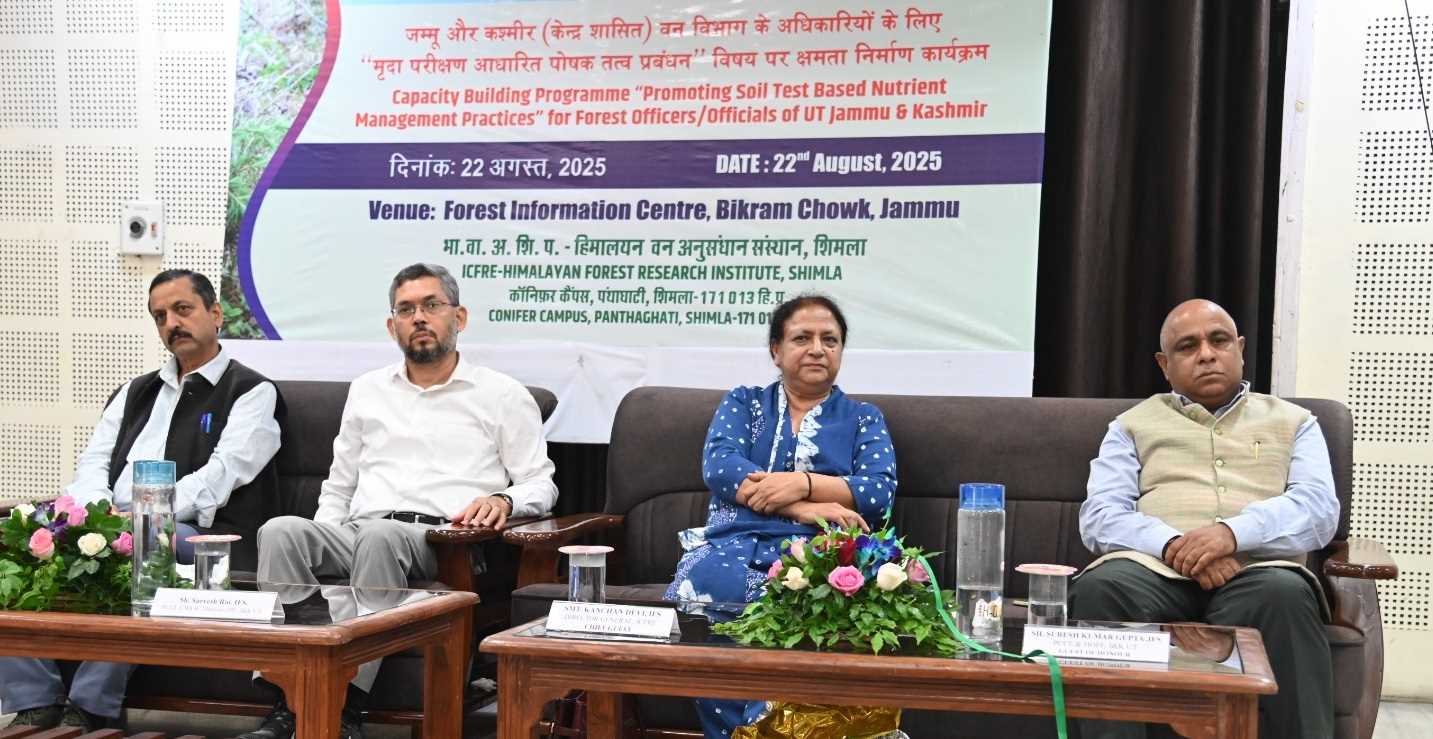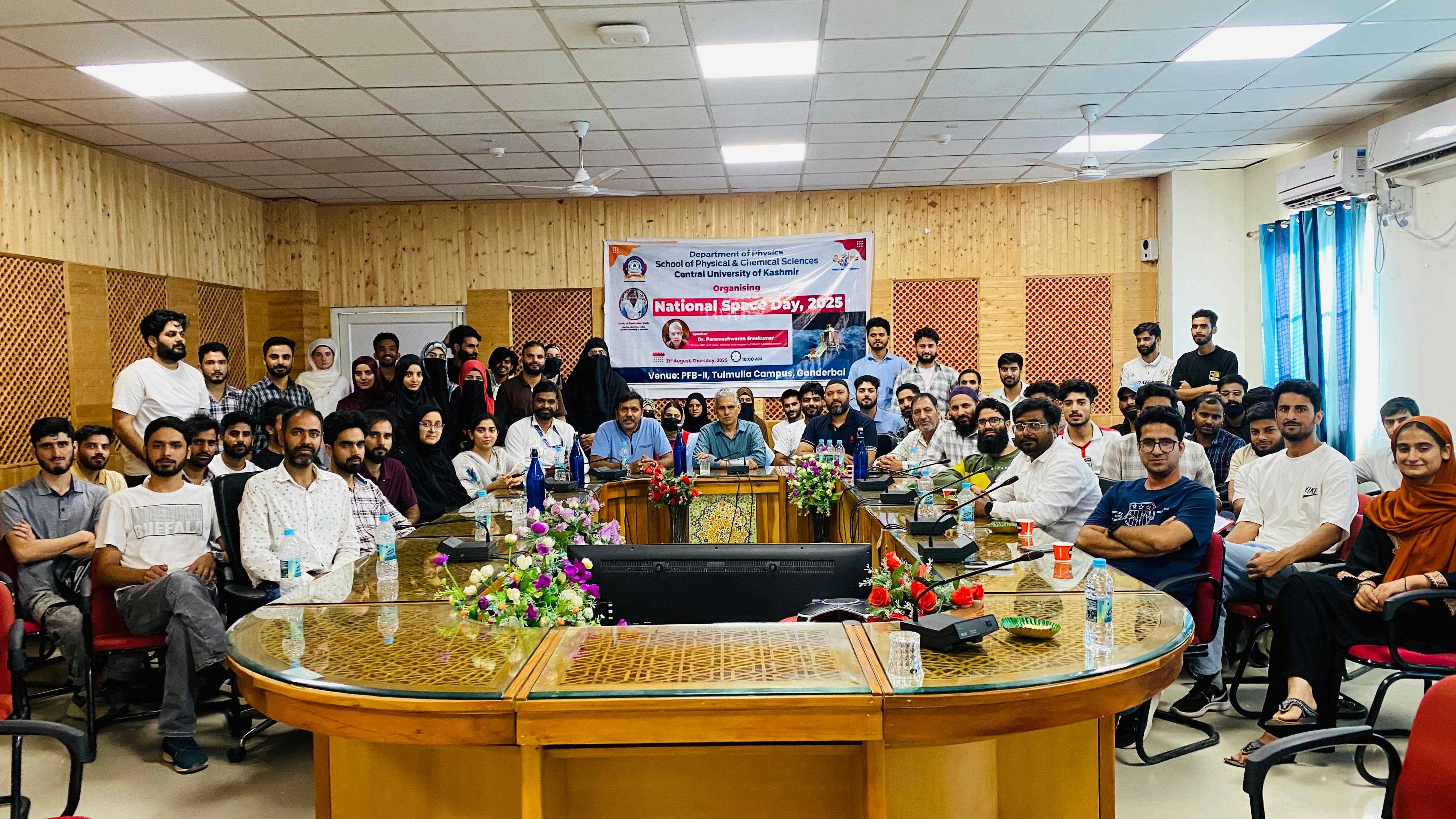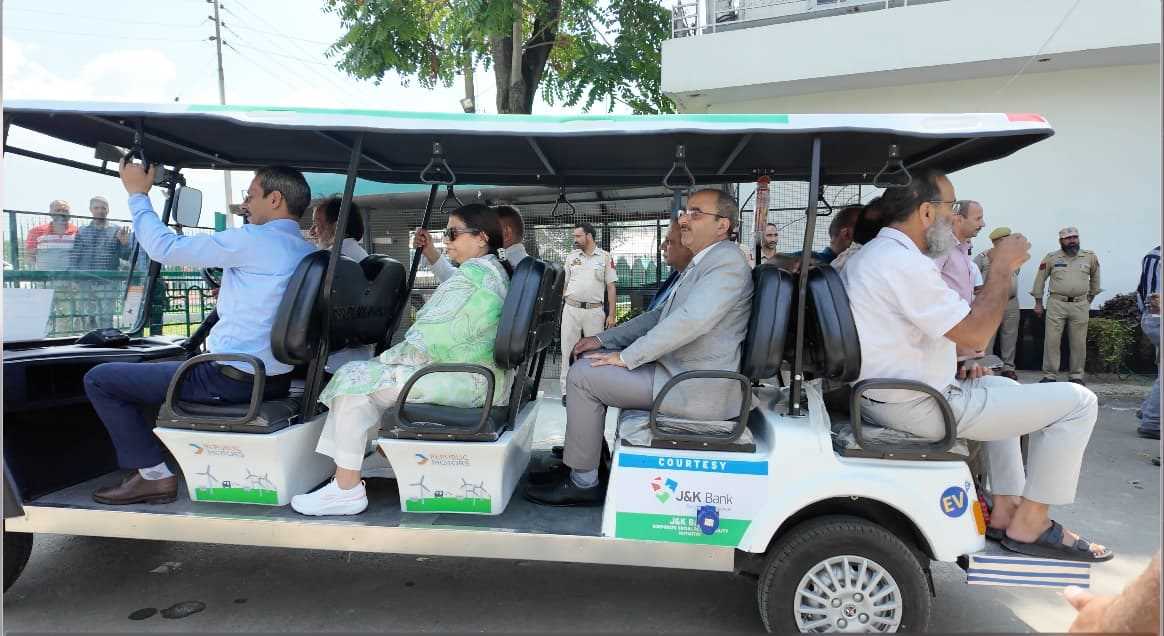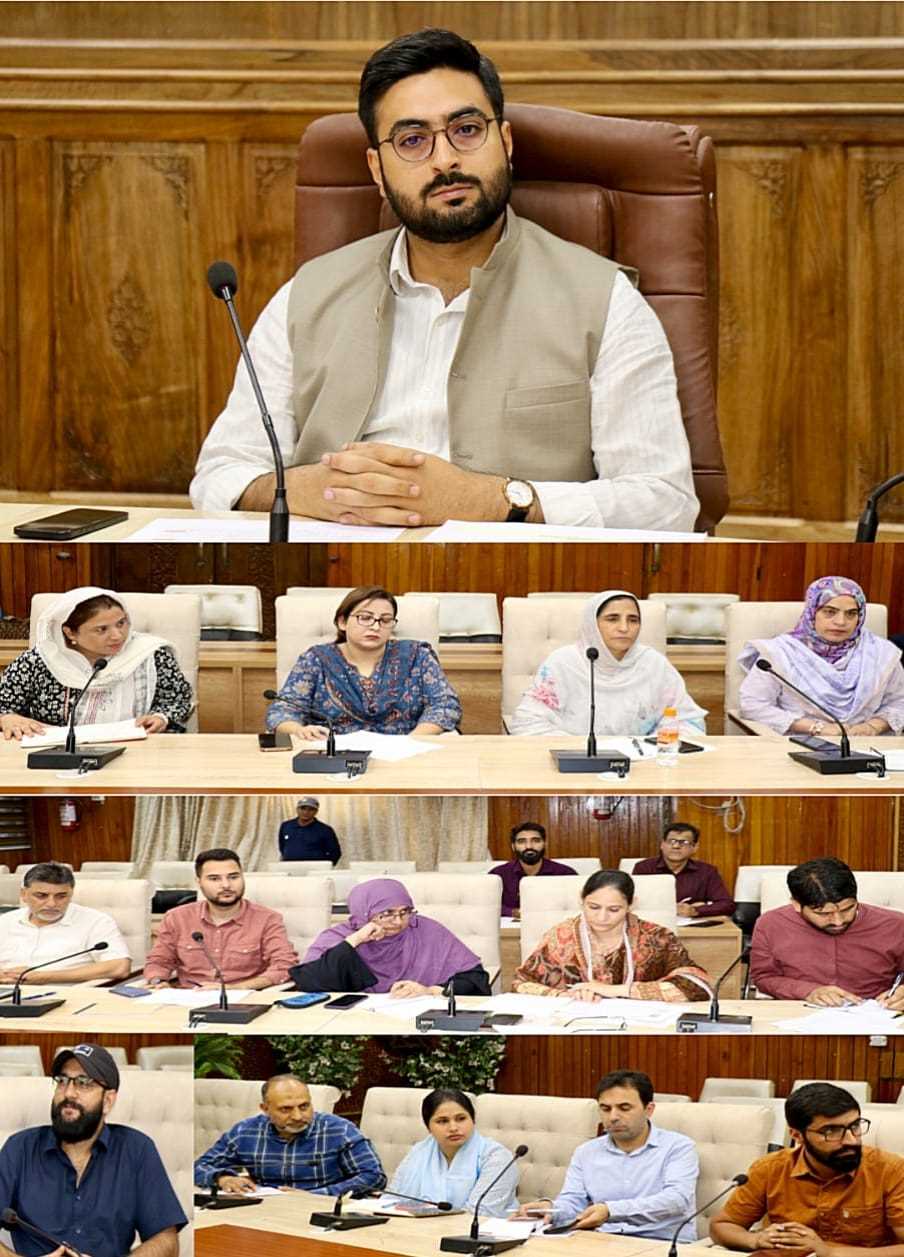For decades, the Kashmir Valley has been synonymous with conflict, a region where the spectre of violence, political uncertainty and separatism has cast a long shadow over generations. The youth of Kashmir, caught in this relentless cycle, have often found their dreams stifled by the weight of history and geopolitics. Among the many factors fuelling this unrest was Article 370, fostering a sense of separateness from the Union of India. For some, it symbolized autonomy; for others, it was a psychological barrier, perpetuating the notion that Kashmir could be severed from India at any moment. The abrogation of Article 370 on August 5, 2019, marked a seismic shift in the region’s political landscape, sparking both hope and uncertainty. Six years later, as the dust settles, the aspirations of Kashmiri youth are coming into sharper focus, reflecting a desire for integration, opportunity and a life free from the shadow of conflict.
The abrogation of Article 370 was a bold move by the Indian government, aligning its legal and economic frameworks with the rest of the country. For the youth, this change has opened a window to reimagine their future; one where they are not defined by the region’s troubled past but by their potential to contribute to a unified India. The aspirations of Kashmiri youth today are rooted in a yearning for equality, opportunity and dignity; qualities that have often eluded them in the conflict ridden past.
One of the most pressing aspirations of Kashmiri youth is access to the same employment opportunities as their counterparts in other parts of India. For years, the region’s isolation, both geographical and political, limited job prospects, forcing many young people into cycles of unemployment or low paying, informal work. Article 370 restricted investment and industrial growth, as outsiders were barred from owning land or setting up businesses. Post abrogation, the opening of the economy has sparked hope. Young Kashmiris now aspire to secure jobs in sectors like technology, tourism and manufacturing, which are slowly gaining traction in the region. Government initiatives, such as skill development programs and job fairs, have begun to bridge the gap, but the youth want more. They want access to competitive exams and opportunities in multinational corporations without the stigma of their region’s past.
Beyond employment, Kashmiri youth are eager to compete with businessmen and professionals across India. The entrepreneurial spirit is alive in the Valley, with young people keen to establish start-ups in agriculture, handicrafts and tourism sectors where Kashmir has immense potential. The abrogation of Article 370 has removed legal barriers to outside investment, enabling collaborations that were previously unthinkable. For instance, young entrepreneurs are exploring e-commerce platforms to market Kashmiri shawls, carpets and saffron globally, competing with established brands. Professionals too, want to be recognized for their skills, whether in medicine, engineering or academia and want to be judged on merit rather than their postal code. This desire to compete on a national stage reflects a shift from insularity to ambition and a yearning to be part of India’s growth story.
The youth of Kashmir also crave a life akin to their peers elsewhere in the country; a life filled with opportunities for recreation, self expression and normalcy. For too long, the Valley’s youngsters have been deprived of simple joys like cinemas, music festivals and safe public spaces for socializing. The reopening of cinema halls in Srinagar after decades of closure due to militancy, was a symbolic milestone. Young Kashmiris flocked to watch Bollywood films, a small but significant step toward reclaiming normalcy. They aspire to a vibrant cultural scene, with access to theatres, art galleries and sports facilities, where they can express themselves and connect with the world. The internet, often curtailed in the past due to security concerns, is now seen as a gateway to global trends, education and entertainment and the youth want uninterrupted access to it.
A profound aspiration among Kashmiri youth is to be heard; to have their voices matter in the national discourse. For decades, their narrative was overshadowed by the rhetoric of conflict, with their dreams and grievances sidelined. Post 370, they seek platforms to articulate their hopes, whether through social media, literature or political participation. Initiatives like youth parliaments and local governance programs are empowering young Kashmiris to engage in decision making, but they want more robust representation. They aspire to be part of shaping policies that affect their future, from education to counter terrorism strategies, ensuring their perspectives are not dismissed as peripheral.
Perhaps the most heartfelt aspiration is to be treated like other Indian youngsters, free from the barrel of the gun and the constant spectre of conflict. The youth of Kashmir have grown up amid checkpoints, curfews and
the ever-present threat of violence. Today, young Kashmiris yearn for a life where they are not viewed with suspicion, where they can travel, study and work without the baggage of their region’s history. They want to be seen as Indian citizens first, not as potential threats or outliers. This desire for equality extends to their interactions with law enforcement and the judiciary, where they seek fairness and respect.
Beyond these, other aspirations emerge from a common sense understanding of youth in any post conflict society. Kashmiri youth want quality education that prepares them for a globalized world. The region’s schools and colleges, often disrupted by strikes and unrest, need modernization and better infrastructure. They aspire to study in premier institutions across India and abroad, competing for scholarships and opportunities without the handicap of disrupted academic calendars. Mental health is another critical concern. Years of trauma have left scars, and young Kashmiris seek access to counseling and support systems to heal and thrive. They also want to preserve their cultural identity while embracing modernity, striking a balance between heritage and progress.
The road to fulfilling these aspirations is not without challenges. Economic development is slow and the promised influx of jobs and investments is yet to fully materialise. Security concerns persist, with sporadic incidents of violence reminding the youth of the fragility of peace. Moreover, the psychological integration of Kashmir into the Indian mainstream requires trust building, which cannot be achieved through policy alone but through genuine dialogue and inclusion.
Yet, there is hope. The youth of Kashmir are resilient, having endured decades of adversity. They are increasingly vocal about their dreams, leveraging national and international platforms to share their stories and connect with the world. Government schemes, such as the Jammu and Kashmir Entrepreneurship Development Institute, are nurturing young talent, while tourism, a lifeline of the region, is rebounding, offering opportunities for local youth.
The abrogation of Article 370 has set the stage for a new chapter in Kashmir’s history, one where the youth are at the forefront of change. Their aspirations, to work, compete, live freely, be heard and be treated as equals, reflect a universal desire for dignity and opportunity. Fulfilling these dreams requires sustained effort from both the government and society to ensure that the youth of Kashmir are not just beneficiaries of change but active architects of a peaceful and prosperous future. As the Valley moves beyond the shadow of conflict, the aspirations of its youth could light the way towards a truly integrated and vibrant India.


